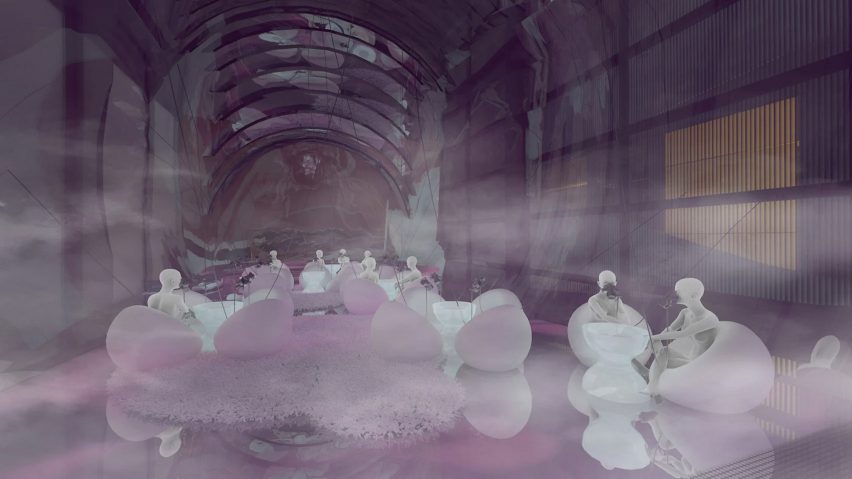
Seven student design projects that respond to air pollution
Dezeen School Shows: we've selected seven design projects featured in Dezeen School Shows that raise awareness about air pollution and its impact on society.
Driven by the consequences of poor air quality on our health, these design students have proposed projects that provide guidance when subjected to dangerous pollution levels and gadgets that filter pollutants, promoting the importance of clean air.
This roundup of projects includes an air purifier for remote workers that aims to increase productivity, an urban air quality signage system composed of lichen and a campaign that hopes to raise awareness about air quality in metro stations.
The selection of projects comes from product design, product design engineering, city design, interior architecture and design courses at international institutions including Middlesex University, Glasgow School of Art, L'École de Design Nantes Atlantique, IE University, Northeastern University and UNSW Sydney.
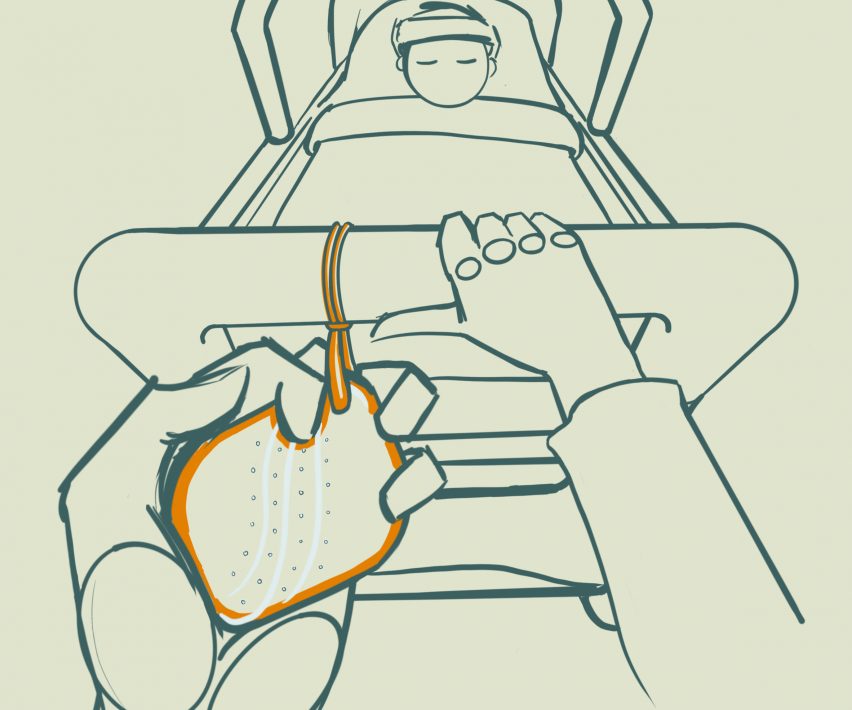
Ripple by Isabel Parker
Informed by the number of infant deaths related to air pollution, product design student Isabel Parker designed a monitor that gives parents access to air quality data.
The monitor provides simplified data including real-time exposure levels, offering guidance on how to protect their child from poor air quality.
"Children under five are especially susceptible to the negative effects of air pollution, with 543,000 deaths every year directly linked to poor air quality," explained Parker.
"In the long-term, [Ripple] aims to create a community of like-minded individuals that come together to support and empower each other as a catalyst for environmental change."
Student: Isabel Parker
School: Middlesex University
Course: BA Product Design
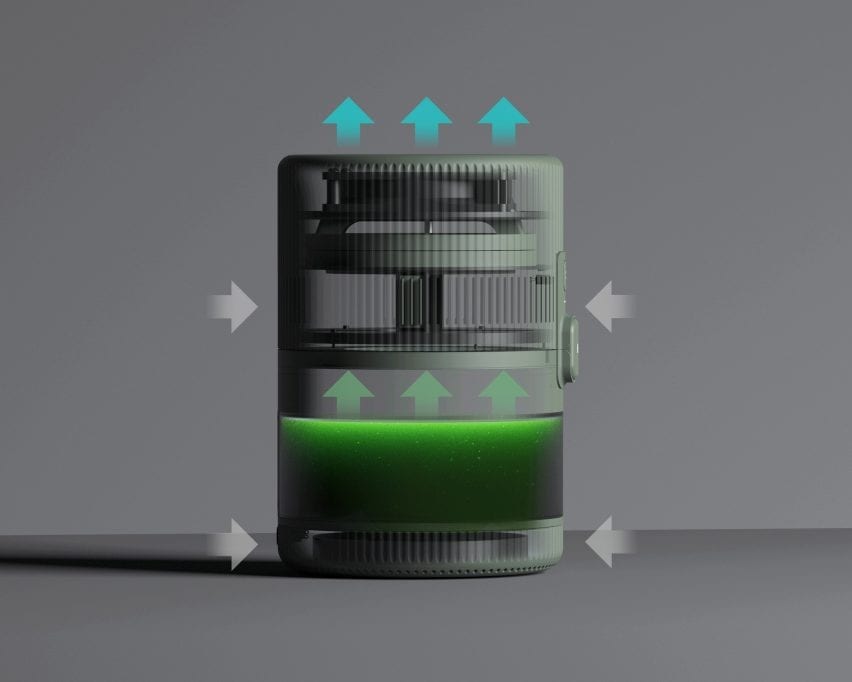
Alka by Ben Sammut
Ben Sammut, a product design engineering student, proposed a device that aims to provide clean air for users working from home.
Algae filters differentiate the device from traditional air purifiers. It filters carbon dioxide within the home, an air pollutant that is associated with reduced levels of concentration.
"Alka is a companion that cleans and cultivates air while working from home," said Sammut. "It is designed to live and work alongside house plants to maintain a healthy environment indoors."
"Aside from cleaning the air from pollutants using certified natural filters such as hemp and activated carbon, something typical air purifiers do, Alka uses algae called spirulina to capture CO2."
Student: Ben Sammut
School: Glasgow School of Art
Course: MEng Product Design Engineering
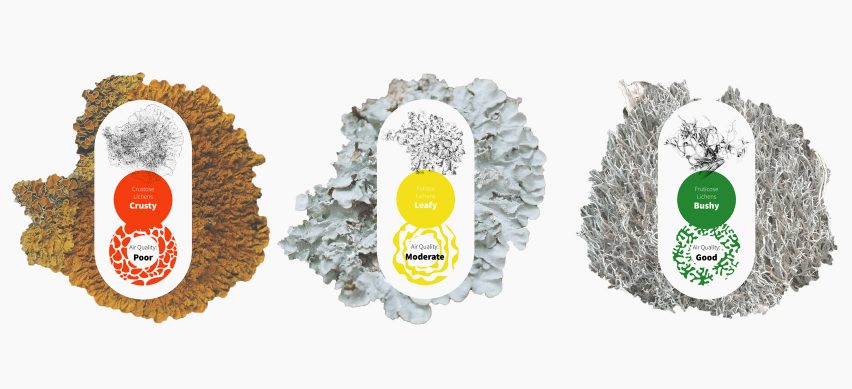
Lichen Air Sensors by Aditya Joshi
Utilising lichen's natural ability to indicate poor air quality, city design student Aditya Joshi created a signage system that informs people about air quality within an urban environment.
The project promotes human interaction with nature, encouraging passersby to discover and add new lichen into the system.
"[Lichens] grow everywhere and get their nutrients from the atmosphere," explained Joshi. "Very sensitive to pollution, they are precious indicators of air quality."
"In the school context, the project educates children in eco-responsibility. This application puts citisens at the heart of a humane initiative, in tune with nature through the localisation of lichen."
Student: Aditya Joshi
School: L'École de Design Nantes Atlantique
Course: MDes City Design
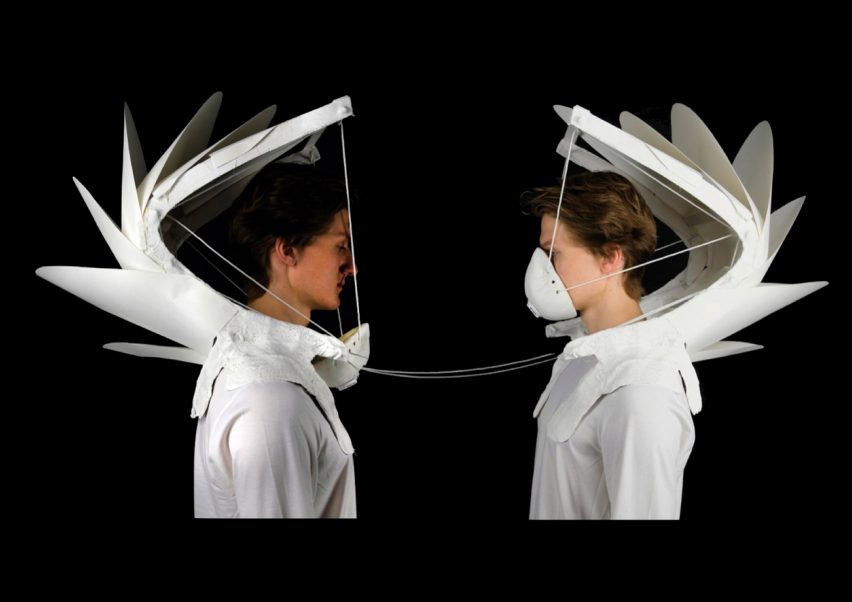
Distance to Breathe by John Petrus
Design student John Petrus proposed two masks that are loosely connected, allowing users to breathe filtered air while maintaining a safe distance from one another.
Set in a speculative future that Petrus imagines to be consumed by pollution and disease, he aimed to discuss the impact that this environment can have on relationships.
"Two interconnected individuals find themselves stuck in a system based on tension and collaboration, confined by the necessary conditions for survival," said Petrus.
"The exoskeleton was designed to resemble the human spine while technology has become an extension of the self. Have we lost our distance to breathe?"
Student: John Petrus
School: IE University
Course: BDes Introduction to Design Studio II
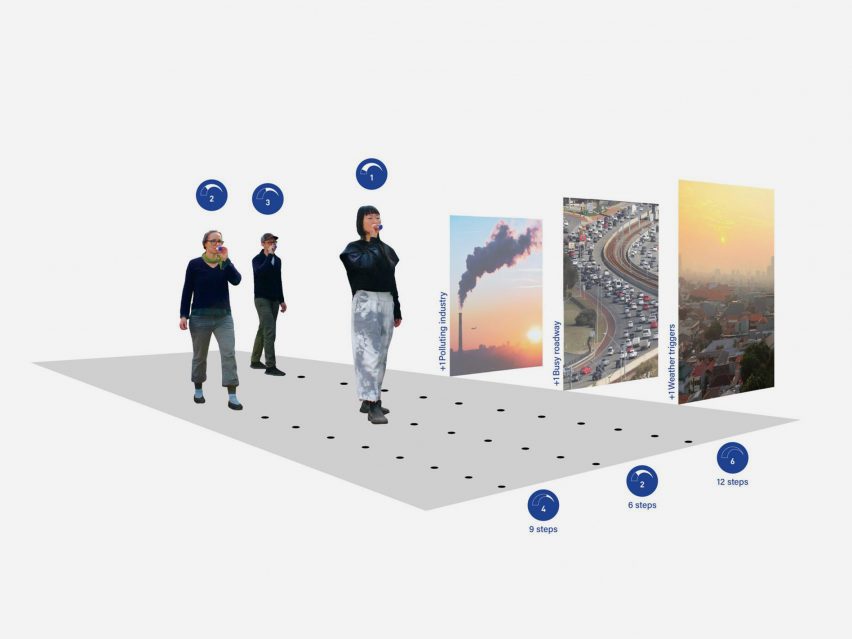
Breathing Injustice: Redesigning Asthma as a Collective Illness Experience by Todd Linker
Northeastern University student Todd Linker designed a workshop that aims to raise awareness about the impact of air pollution on individuals with respiratory disease.
Linker explored how design can drive change, helping people manage their health and develop a better understanding of their illness.
"More than one in 10 people living in the United States have asthma, a respiratory illness that is aggravated by environmental conditions including air pollution," explained Linker.
"This project explores ways that design might help communities facing an increased burden of illness from environmental factors to form a collective understanding of illness, in order to advocate for change together."
Student: Todd Linker
School: Northeastern University
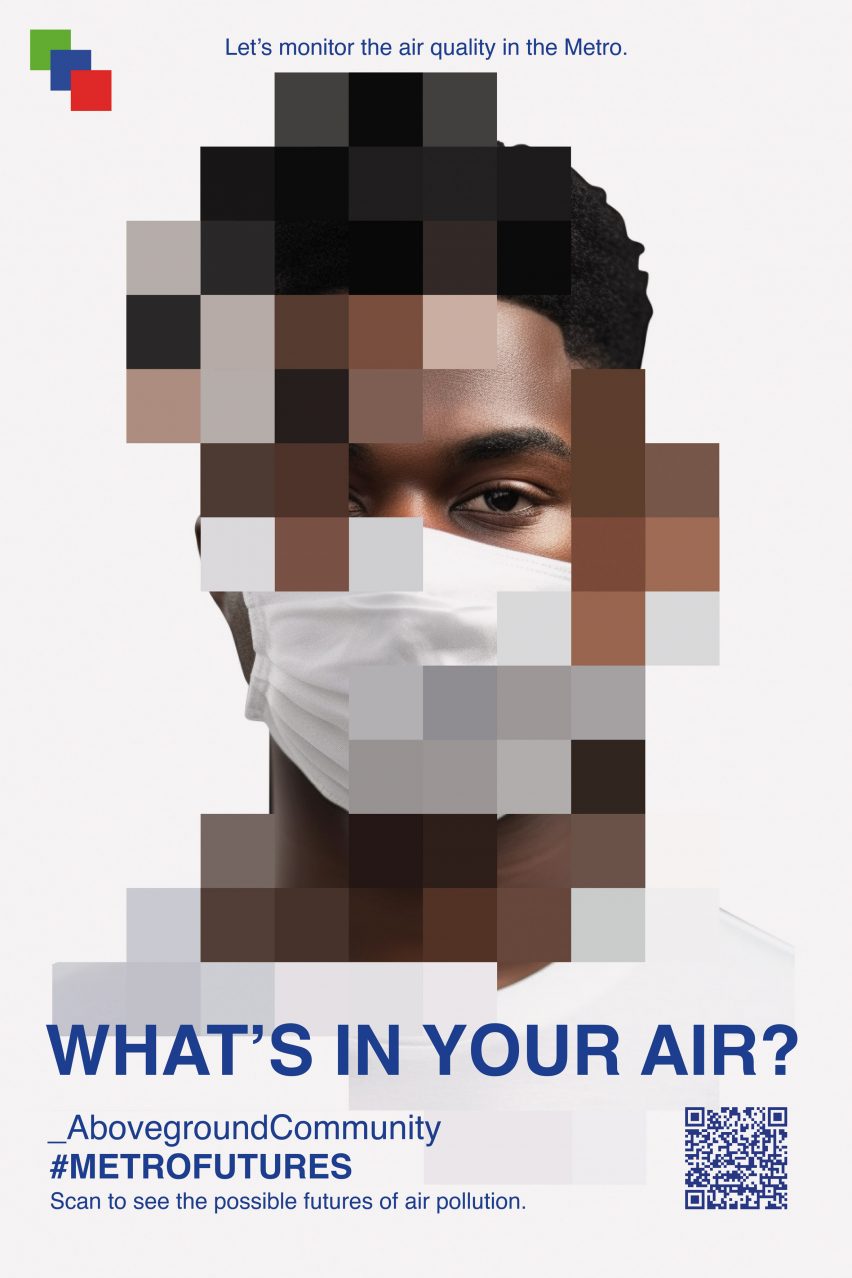
Metro Futures by María Roig
Informed by the poor air quality in underground infrastructures, design student María Roig created an interactive project that advocates for the integration of an air quality monitoring system inside the metro in Madrid, Spain.
The campaign was designed to encourage the public to take an interest in the environment around them, offering the opportunity to be involved in change.
"Air quality depletion is a silent yet escalating problem caused by hazardous materials and inefficient resource management, with a concerning lack of data," said Roig.
"To tackle this problem, this strategy aims to find a common interest between public and private stakeholders by visualising the future health, social and economic consequences of air pollution through speculative scenarios."
Student: María Roig
School: IE University
Course: Bachelor in Design
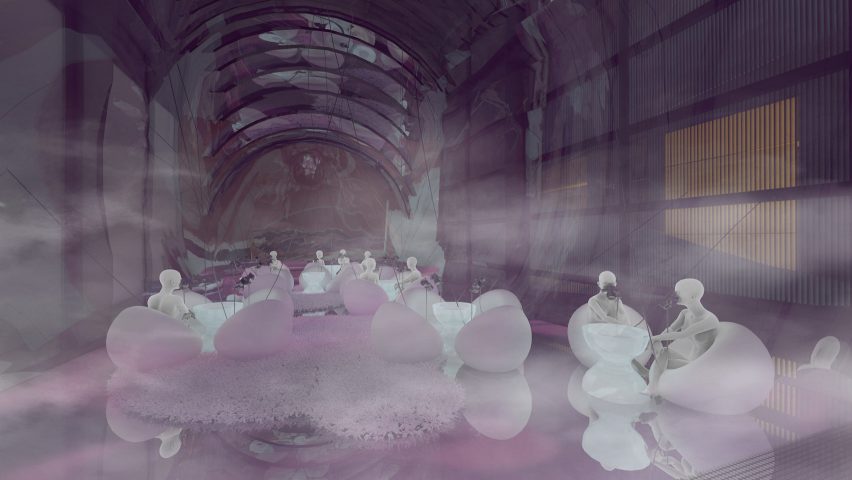
MASK.D by Mackenzie Peachey
Interior architecture student Mackenzie Peachey renovated the White Bay Power Station in Australia, drawing inspiration from the history of the coal power plant.
The project intended to evoke discussion on current relevant topics that Peachey believes to be ignored in today's society, including air pollution.
"Take one deep breath in and witness the future of our world, the uprise of pollution and destruction of humanity," said Peachey.
"Being a former coal power plant, MASK.D draws influence from controversial issues surrounding air pollution, featuring an array of witty innuendos and unconventional imaginings of future life on planet earth."
Student: Mackenzie Peachey
School: UNSW Sydney
Course: INTA – Interior Architecture
Partnership content
These projects are presented in school shows from institutions that partner with Dezeen. Find out more about Dezeen partnership content here.